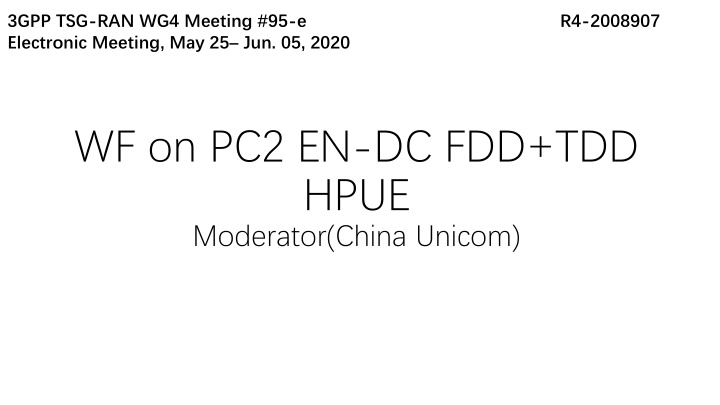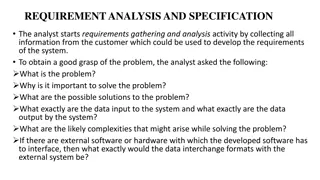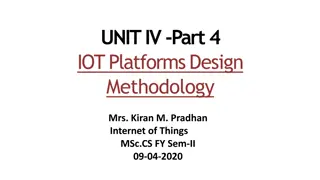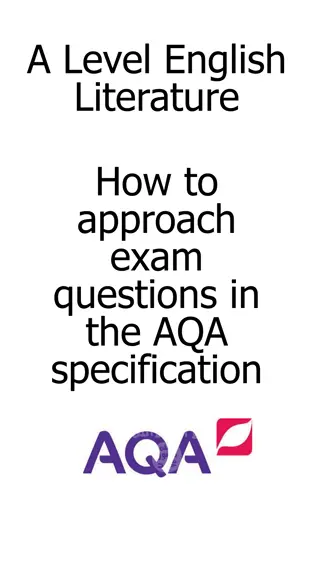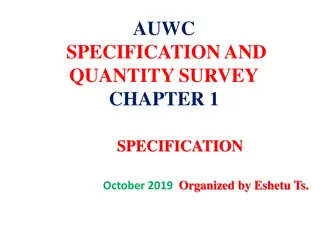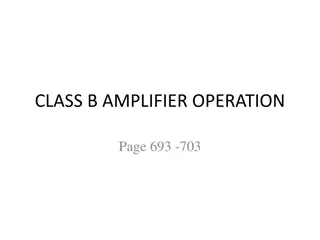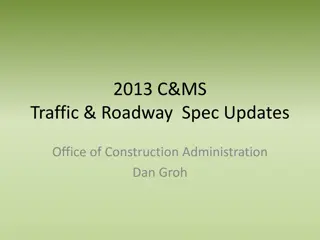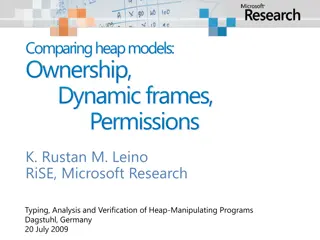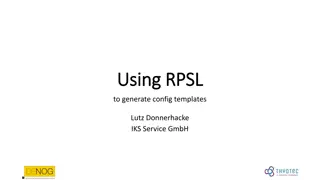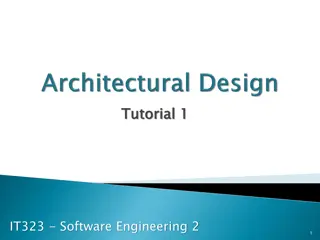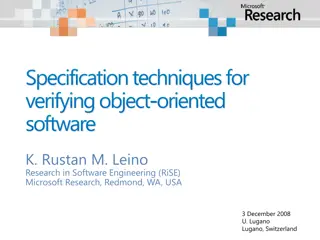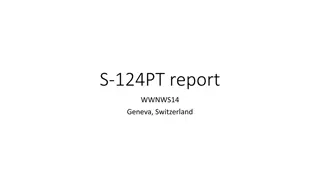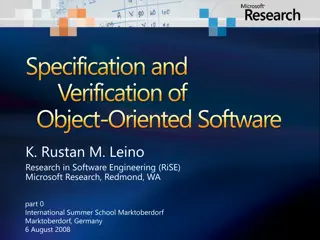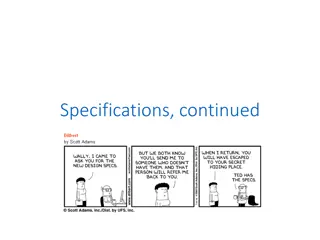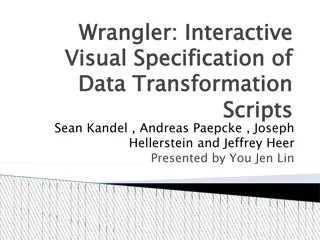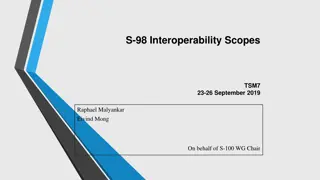Specification for Power Class 2 High Power UE for EN-DC
This WI aims to specify standards for Power Class 2 high power UE for EN-DC utilizing LTE FDD and NR TDD bands. The scope includes designing UE capability reporting, facilitating SAR compliance, standardizing RF requirements, evaluating impacts on UL due to high power, and discussing the inclusion of blind schemes. Companies involved are exploring options such as using duty cycle solutions and treating blind schemes as enhancements for future releases. Various subtopics are being considered, including issues with reducing LTE FDD power and choosing default values or blind schemes when capability parameters are absent.
Download Presentation

Please find below an Image/Link to download the presentation.
The content on the website is provided AS IS for your information and personal use only. It may not be sold, licensed, or shared on other websites without obtaining consent from the author.If you encounter any issues during the download, it is possible that the publisher has removed the file from their server.
You are allowed to download the files provided on this website for personal or commercial use, subject to the condition that they are used lawfully. All files are the property of their respective owners.
The content on the website is provided AS IS for your information and personal use only. It may not be sold, licensed, or shared on other websites without obtaining consent from the author.
E N D
Presentation Transcript
3GPP TSG-RAN WG4 Meeting #95-e Electronic Meeting, May 25 Jun. 05, 2020 R4-2008907 WF on PC2 EN-DC FDD+TDD HPUE Moderator(China Unicom)
Backgrounds The scope of the WI is as following The objective of this WI is to specify the standard needed for Power Class 2 (PC2) high power UE for EN-DC for 1 LTE FDD band and 1 NR TDD band (23dBm LTE + 23dBm NR and 23dBmLTE + 26dBm NR). The scope of this WI is the example band combination DC_3A_n78n. Specifically, it includes the following aspects: Design the UE capability report signalling and facilitate SAR compliance based on the outcomes of the studies in TR 37.815 Standardize RF requirements Evaluate any additional impact to the requirements due to the high power on UL. Note: RAN4 needs to discuss whether existing RAN2 signalling can be reused to solve the issues in this WI. If there is RAN2 signalling impact then RAN4 will send LS to RAN2 to inform the solution. No RAN2 TUs are requested for this WI. Target on finishing this WI is in RAN#88.
Way Forward Considering this is the last meeting for Rel-16 and WI shall be finalized, and it is unlikely to reach a consensus on blind scheme. Two questions are proposed: Is it agreeable to set the duty cycle based solution (conclusion in SI) as the baseline to finalize WI, and further treat blind scheme as enhancement in TEI or Rel17? Is it agreeable to treat vivo s R4-2008264 as baseline CR?
Way Forward Subtopic 1-3 Issues on blind scheme (scheme of reducing LTE FDD power) Option 1: Not to include blind scheme at current stage. (Samsung, Xiaomi, Qualcomm, ZTE, CHTTL, Huawei, OPPO, CU, vivo) Option 2: Introduce the blind scheme as the baseline. (Ericsson, Vodafone, T- mobile) Option 3: Introduce a new item in UE signalling to indicate if Reduce_FDD_power is supported. ([vivo]) Option 4: Introduce blind scheme as an option, and UE-based SAR management described in R4-2006654 as the default UE behavior baseline. The benefits and the impacts on UE side when introducing the blind scheme as the baseline had been further discussed in two meetings, but companies cannot reach consensus.
Way Forward Subtopic 1-1 Choosing default value or blind scheme when capability parameters are absent Option 1: Using default value of maxNRDuty for two cases of LTE and NR power combination (Samsung, Xiaomi, Qualcomm, ZTE, [Huawei], CU, vivo) Option 2: Following blind scheme by reduced power (PLTE) and use of the common UL-DL patterns on the TDD CG (Ericsson, Vodafone, T- mobile) Option 3: Assume Full duty support when capability parameters are missing(Huawei, OPPO) Option 4: Assume UE-based SAR management when capability parameters are absent.
Way Forward Subtopic 1-2 Choosing PC fallback or blind scheme when the UL EN-DC scheduling exceeds the UE capability Option 1: UE should fallback to PC3 (Samsung, Xiaomi, Qualcomm, ZTE, [CHTTL], Huawei, OPPO, CU, vivo) Option 2: Blind scheme should be followed (Ericsson, Vodafone, T- mobile) Option 3:UEs fallback to PC3 when UL EN-DC scheduling exceeds the UE capability, but add a conditional statement for 100% UL percentage with an upper limit of the UL power setting on the LTE side for each fixed LTE reference configuration. (CHTTL, [vivo]) Option 4: UE-based scheme followed when the UL EN-DC scheduling exceeds the UE capability.
